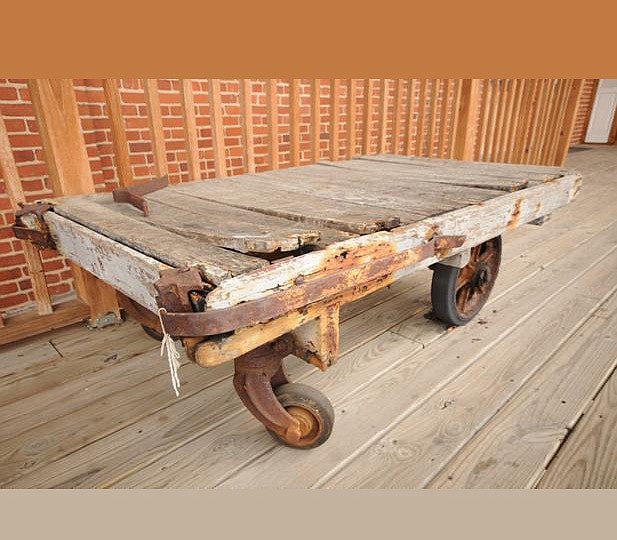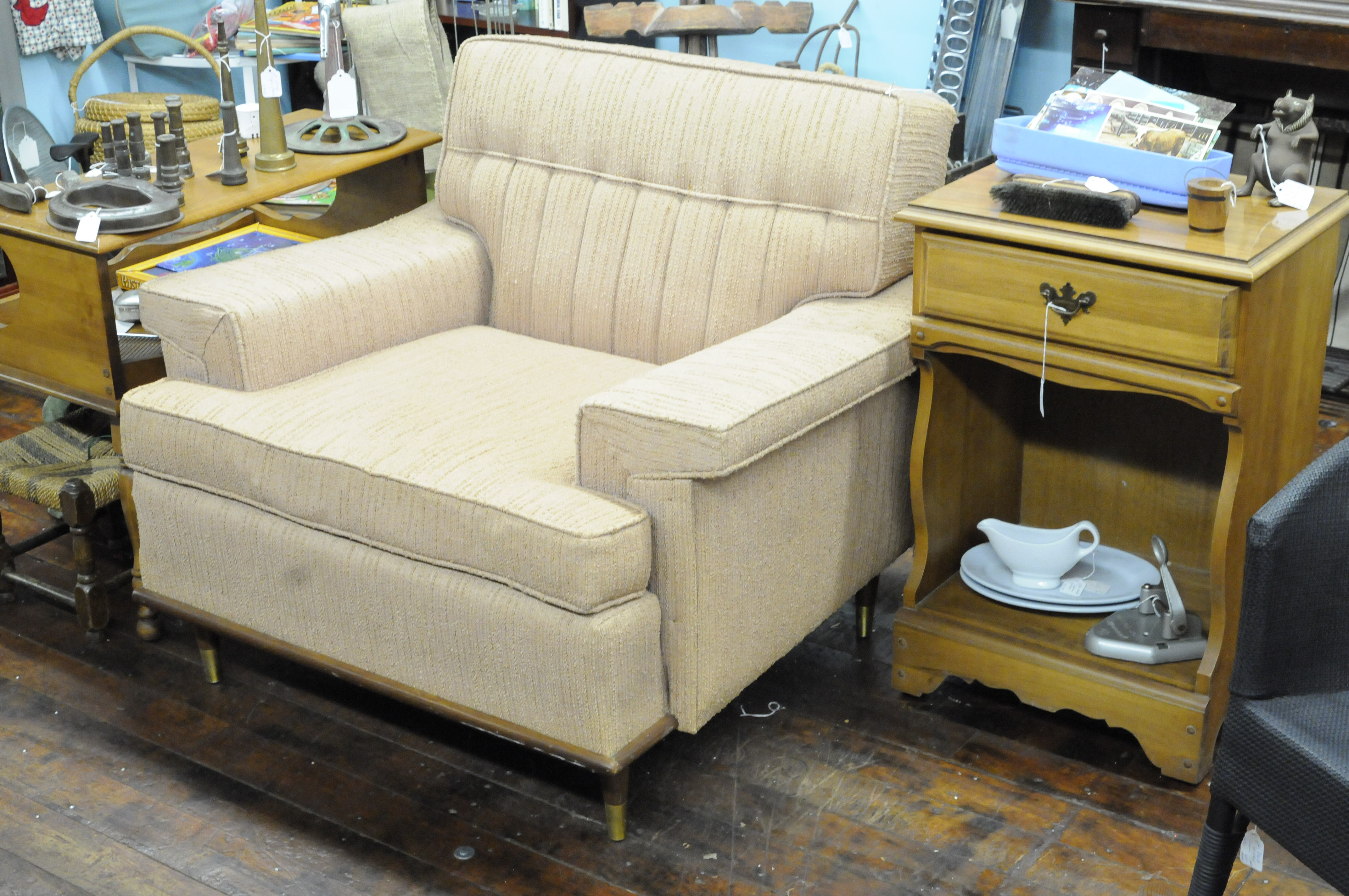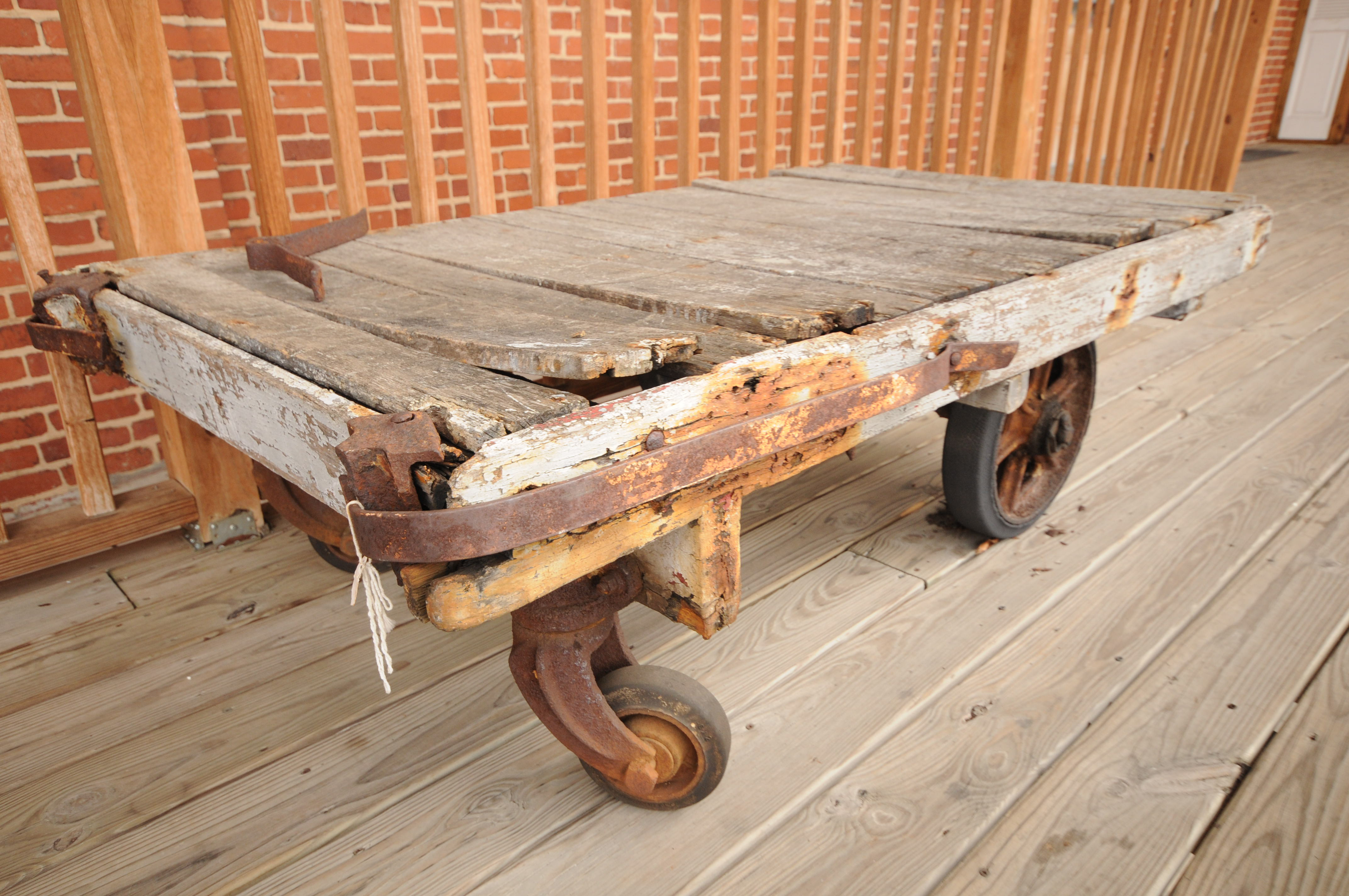2-minute primer on mid-century modernWhat it is: Mid-century modern describes furniture, lighting, art, toys and home accessories primarily from the 1950s (the middle of last century), but includes the decades of the 1960s and '70s.How to ID it: Designers to look for on collectibles include Herman Miller, Charles and Ray Eames, Arne Jacobsen as well as manufacturers Lane and Broyhill.Where to find it: Dishes and home accessories are fairly common finds at yard sales; furnishings are more likely to be found on eBay or estate sales.
Baby boomers, here's a fact that will make you feel your age.
The "new antiques" -- items sought after by a generation of collectors under age 40 -- are the trappings of your childhood.
"Technically, an antique is 100 years or older," says Donna Kidd of Charleston, S.C. "However, the trend now is to call things that are 50 years or earlier antiques. Anything from the 1950s to 1970s is the trend across the Southeast. It's called mid-century modern."
Kidd organized the recent Houston Museum Antiques Show and Sale in Chattanooga. She keeps up with industry trends while traveling cross-country both as a vendor and a show contractor.
Dealers locally and those participating in the Houston show attribute the mid-century modern trend to nostalgia for the items Generation X remembers from childhood.
"A lot of young people like things that were in their grandmothers' houses," says Kidd. "Those are not really antiques yet, but to them they are."
Lynn Short, owner of Knitting Mill Antiques in Chattanooga, says the attraction to mid-century modern is not unexpected.
"History repeats itself. Trends cycle between 30 and 50 years," she says. "In the 1970s, Victorian things were popular."
Jerry Stinnett, owner of Status Symbol Antiques and a Houston Show participant, says he has seen the rise of mid-century modern,
yet his English furniture continues to sell. However, he says younger buyers are purchasing truly antique items for reasons other than a good investment.
"A lot of them live in historic areas and are redoing homes, so they are looking for older furniture in excellent condition to suit the era of the house," Stinnett explains. "I sell them a lot of English corner cabinets, sideboards and inlaid chests."
Short adds that the idea of repurposing mid-century finds has evolved into a trend-within-the-trend.
"A lot of people are into industrial antiques," she says, explaining that these pieces are salvaged from closed foundries, warehouses, mills, schools, even libraries. Chattanooga's railroad and manufacturing history -- the latter at its heyday in the mid-20th century -- makes the city a destination for these salvagers.
"People are taking industrial carts with wood bases and metal wheels, fixing them up and turning them into coffee tables," she says. "They were in old mills and industrial sites to roll heavy items on. A lot of those carts are being snapped up here."
Other examples of industrial makeovers: old ladders become display racks for linens or magazines; metal pendant light fixtures are refurbished and hung in homes; round, metal, valve handles are hung as wall art. Old signs advertising popular brands of the 1950s and '60s are displayed anywhere from playrooms to pool houses.
"Whatever it was used for back then, it's not used for the same thing now. Everything is repurposed today," says Short.


